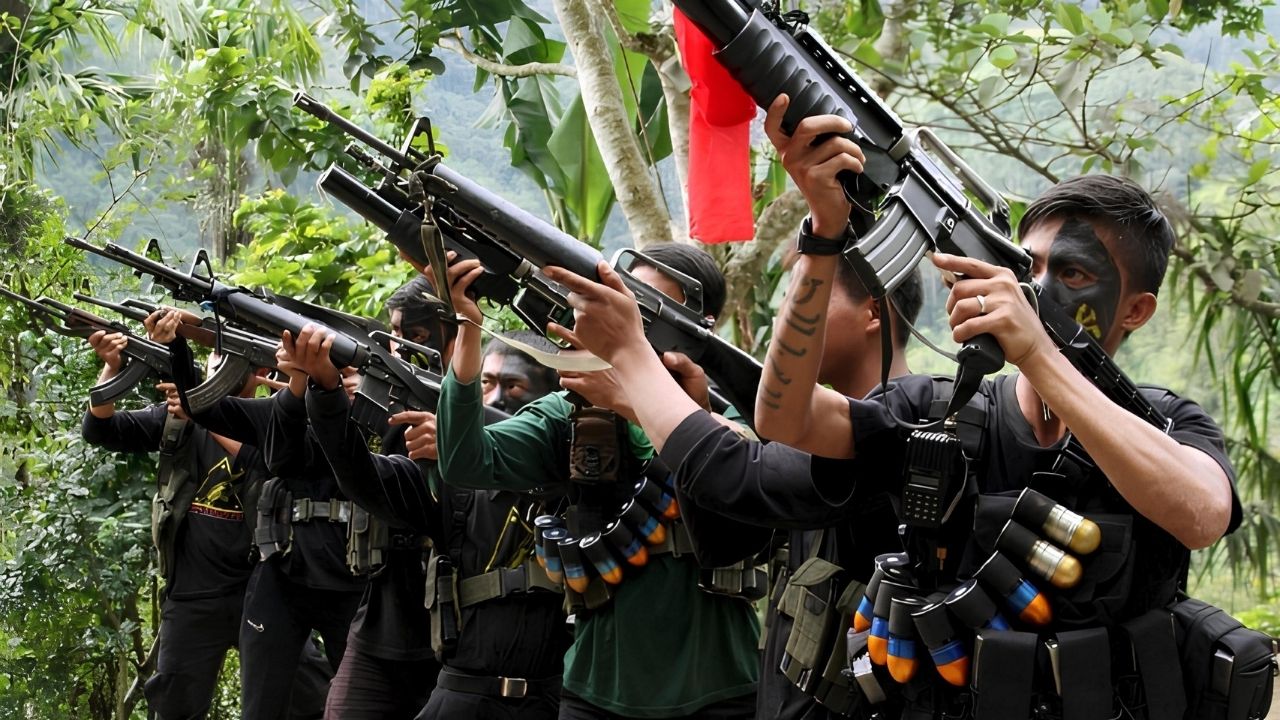
The Mindanao Crisis is a complex issue rooted in historical, political, and social factors. This conflict in the southern Philippines has spanned decades, involving various groups with differing agendas. Understanding the Mindanao Crisis requires looking at its origins, key players, and the impact on local communities. From colonial history to modern-day insurgencies, the crisis has shaped the lives of millions. Why does this conflict persist? What are the underlying causes? How have peace efforts fared? In this blog post, we will explore 30 compelling facts that shed light on the Mindanao Crisis, offering a clearer picture of this ongoing struggle.
Key Takeaways:
- The Mindanao Crisis involves armed groups, government forces, and civilians in the southern Philippines. It has deep historical roots and impacts on stability, affecting displacement, education, healthcare, and economic activities.
- Various initiatives, such as peace agreements and international involvement, aim to bring lasting peace to Mindanao. However, challenges like factionalism, corruption, economic inequality, land disputes, and foreign influence hinder these efforts.
What is the Mindanao Crisis?
The Mindanao Crisis refers to the ongoing conflict in the southern Philippines, involving various armed groups, government forces, and civilians. This complex situation has deep historical roots and significant impacts on the region's stability.
- Mindanao is the second-largest island in the Philippines, known for its diverse culture and rich natural resources.
- The crisis primarily involves Muslim separatist groups like the Moro Islamic Liberation Front (MILF) and the Moro National Liberation Front (MNLF).
- Historical grievances date back to the Spanish colonial period, where Muslim communities resisted colonization.
- The Philippine government has engaged in peace talks with these groups for decades, with varying degrees of success.
- Martial law was declared in Mindanao in 2017 following the Marawi siege by ISIS-linked militants.
Key Players in the Conflict
Understanding the main actors involved in the Mindanao Crisis is crucial to grasping the situation's complexity.
- The Moro Islamic Liberation Front (MILF) is the largest Muslim rebel group, seeking autonomy for the Bangsamoro people.
- The Moro National Liberation Front (MNLF), founded in the 1970s, initially led the separatist movement before splitting into factions.
- Abu Sayyaf, a notorious terrorist group, is known for kidnappings, bombings, and links to international jihadist networks.
- The Philippine Armed Forces are actively involved in combating insurgent groups and maintaining order.
- Local militias and private armies also play roles, often complicating the conflict dynamics.
Impact on Civilians
The Mindanao Crisis has had profound effects on the local population, disrupting lives and communities.
- Displacement is a significant issue, with thousands of families forced to flee their homes due to violence.
- Education has been severely affected, with many schools closing or being used as evacuation centers.
- Healthcare services are strained, making it difficult for civilians to access medical care.
- Economic activities have been disrupted, leading to increased poverty and unemployment.
- Psychological trauma is widespread among children and adults who have witnessed or experienced violence.
Efforts Towards Peace
Various initiatives have been undertaken to resolve the conflict and bring lasting peace to Mindanao.
- The Comprehensive Agreement on the Bangsamoro (CAB) was signed in 2014 between the Philippine government and MILF.
- Autonomous Region in Muslim Mindanao (ARMM) was established to grant greater autonomy to Muslim-majority areas.
- The Bangsamoro Organic Law (BOL), passed in 2018, aimed to create a more inclusive and autonomous Bangsamoro region.
- International organizations like the United Nations and the Organization of Islamic Cooperation have been involved in peace efforts.
- Civil society groups and NGOs play crucial roles in promoting dialogue and reconciliation.
Challenges to Peace
Despite efforts, numerous obstacles hinder the achievement of lasting peace in Mindanao.
- Factionalism within rebel groups often leads to splinter factions that continue fighting.
- Political corruption undermines trust in the government and hampers development efforts.
- Economic inequality fuels resentment and provides a fertile ground for insurgent recruitment.
- Land disputes between indigenous communities and settlers exacerbate tensions.
- Foreign influence, including support for extremist groups, complicates the conflict.
The Role of Religion
Religion plays a significant role in the Mindanao Crisis, influencing both the conflict and peace efforts.
- Islam is the predominant religion in Mindanao, shaping the identity and aspirations of many insurgent groups.
- Christian-Muslim relations are a critical aspect, with historical tensions and efforts at interfaith dialogue.
- Religious leaders often act as mediators, promoting peace and understanding between communities.
- Extremist ideologies have been imported from abroad, complicating the local dynamics.
- Religious education and institutions are crucial in shaping the perspectives of the younger generation.
Final Thoughts on the Mindanao Crisis
The Mindanao crisis is a complex issue with deep historical roots and significant social, political, and economic impacts. Understanding the key facts helps in grasping the gravity of the situation and the challenges faced by the people living there. From the conflict's origins to its current state, every aspect reveals the resilience and struggles of the affected communities.
Efforts towards peace and development are ongoing, but the road ahead remains challenging. Awareness and education about the crisis can foster empathy and support for initiatives aimed at resolving the conflict.
By staying informed, we contribute to a broader understanding and potentially, a more peaceful future for Mindanao. Keep these facts in mind, share them, and continue learning about this critical issue.
Frequently Asked Questions
Was this page helpful?
Our commitment to delivering trustworthy and engaging content is at the heart of what we do. Each fact on our site is contributed by real users like you, bringing a wealth of diverse insights and information. To ensure the highest standards of accuracy and reliability, our dedicated editors meticulously review each submission. This process guarantees that the facts we share are not only fascinating but also credible. Trust in our commitment to quality and authenticity as you explore and learn with us.
